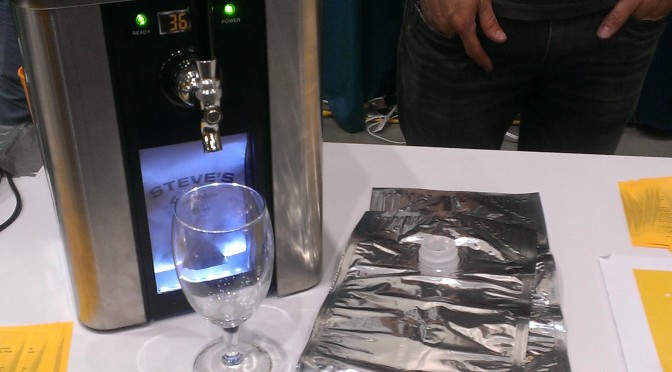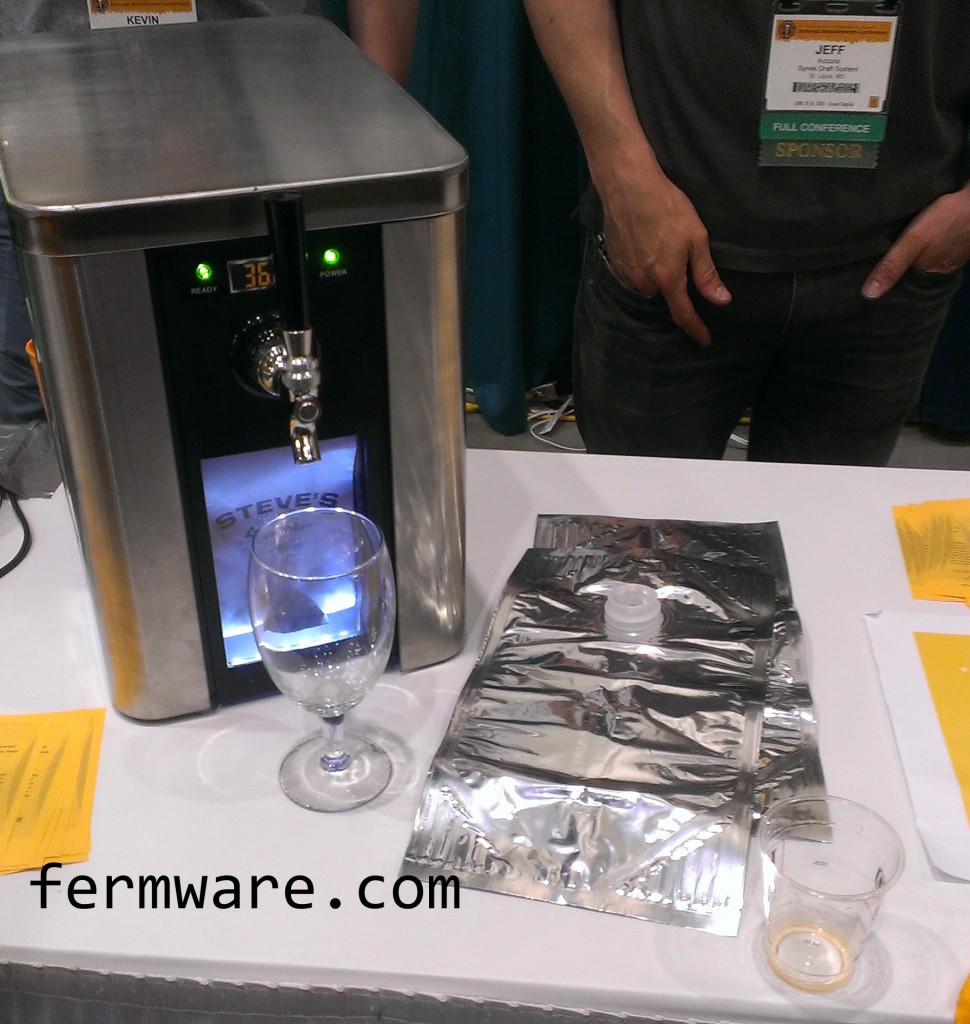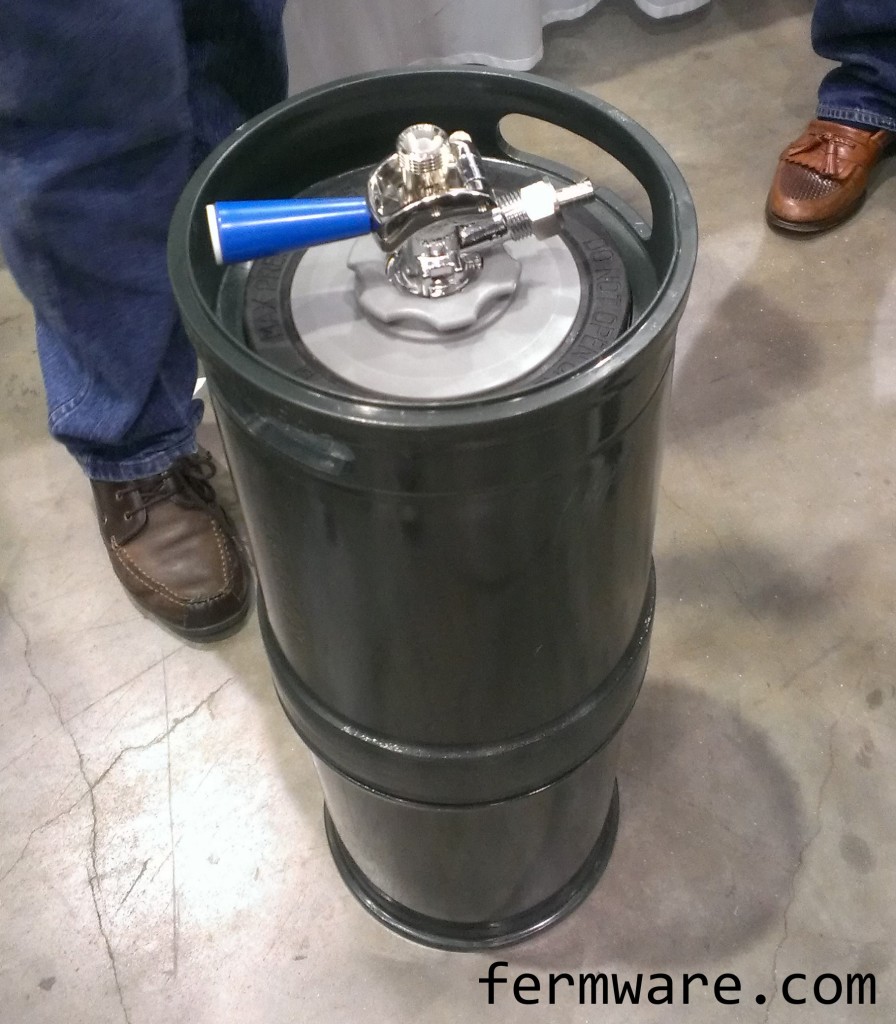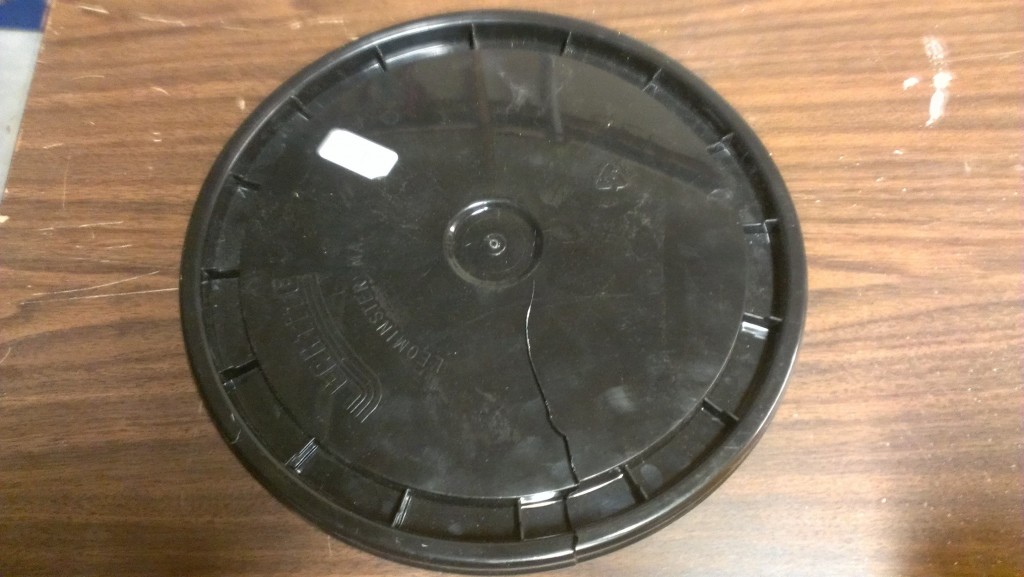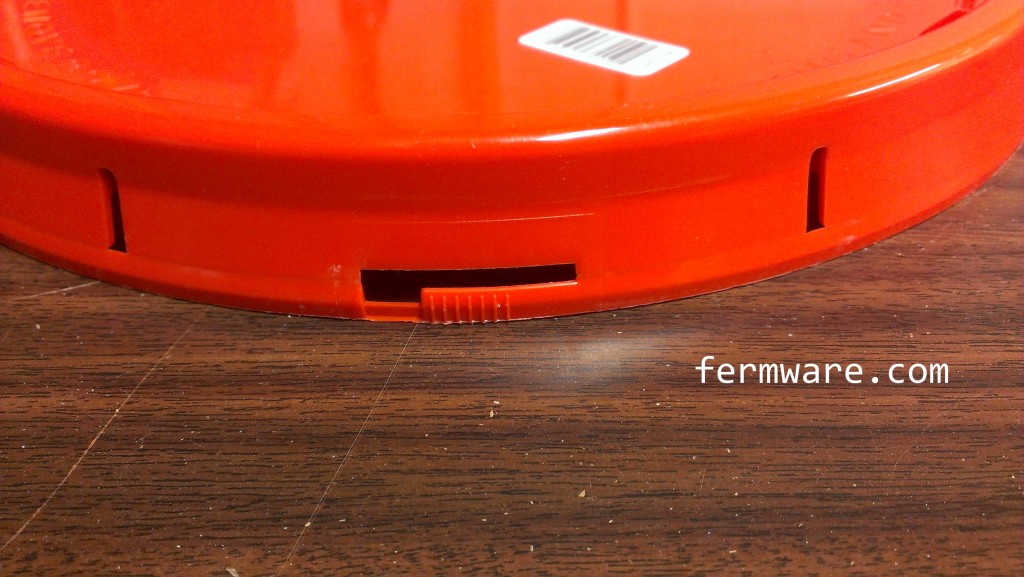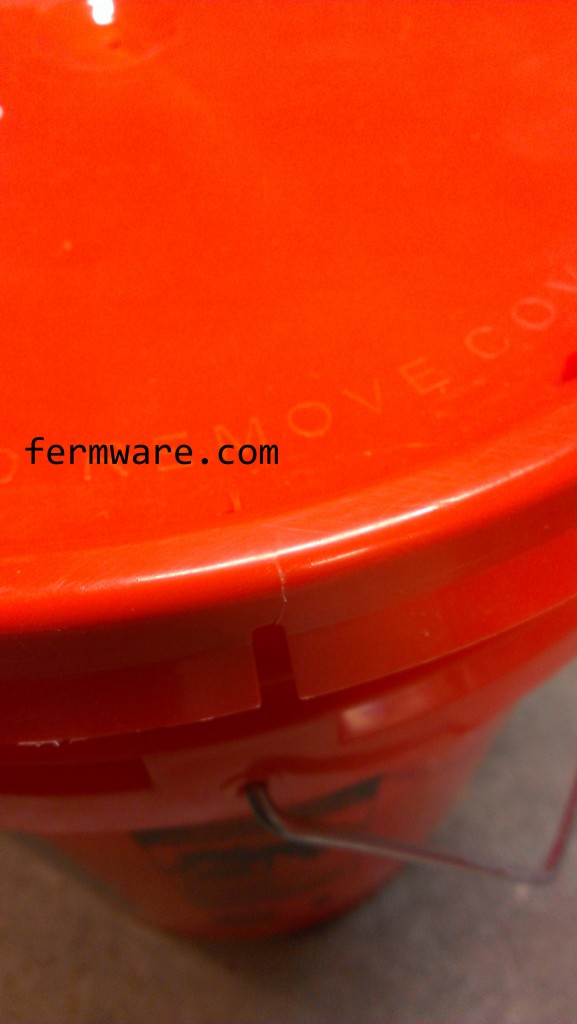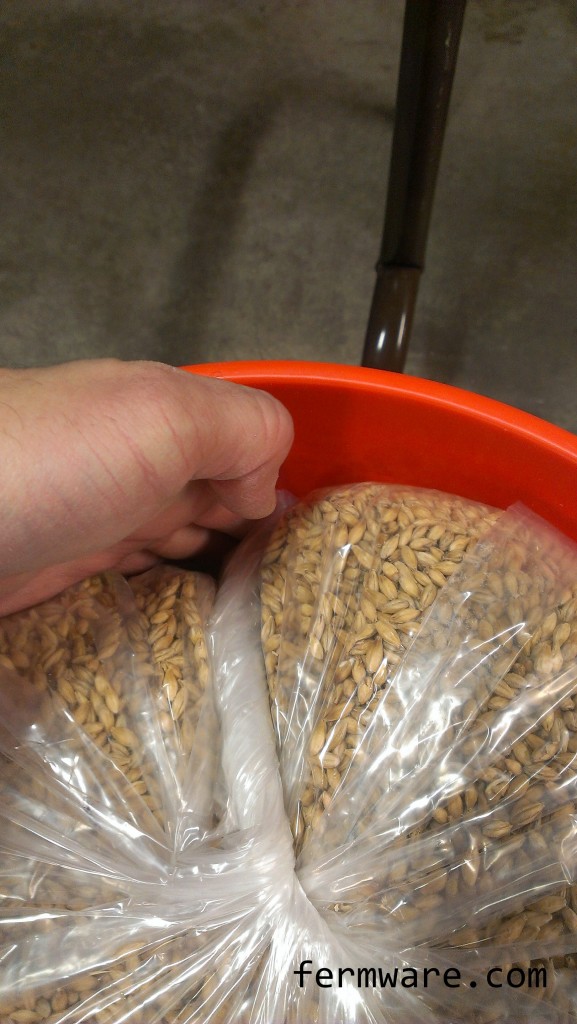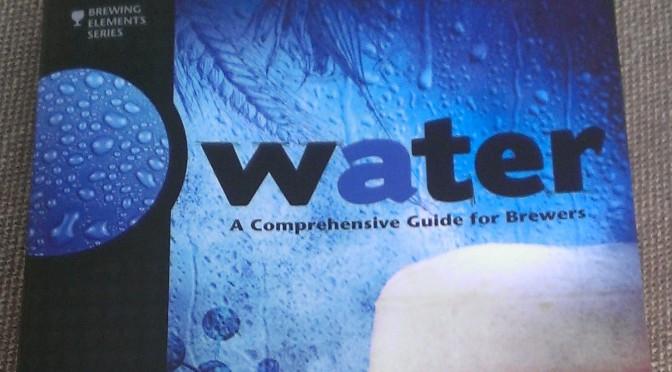Ok, so this is REALLY what I came for. You know I’m an equipment geek, so it was cool to see all the latest stuff. In no particular order, here is my list of the coolest things I saw.
Missed my first post on my thoughts of the evening events? Go back to the beginning..
Difficulty: 
This might be slightly more difficult to read than most, because your inner brew geek mind will easily wander into thinking about what you can buy or make next.
Affiliate Links
My Favorite Things….
SYNEK Draft System
This is like the countertop kegerator. And the thing is, that isn’t the coolest thing about the SYNEK. What is so cool, is that they have brought focus to a new way to package beer. The best way to describe it is like box wine. If you’ve ever bought some and taken apart the box to find the bag inside, you’ll know what I’m talking about. I’m not ashamed to say that I still do buy it, because there actually is good box wine. I’m an ultra-beersnob, but I’m fine with the Two Buck Chuck (or Three Buck, depending on where you live).
Anyway, back on subject. The premise is that anyone from homebrewers on up to professional breweries will be able to use the new packaging. It’s one of those ideas that was waiting to happen, since all the technology was there. I like the fact that with growlers, you can go to most any brewery and bring home the deliciousness. The bad thing is that once you open them, you need to drink the beer within a few days or it goes flat. Unless you are using some sort of carbonation cap (I’ve got a method, which I’ll have a post on soon). In any case, glass is not an ideal material for holding pressure.
I talked for a while with Steve Young, the founder for quite a while. He’s the guy in the videos on their site. You really have to watch the videos at the SYNEK Kickstarter page. It can do more justice than me writing about it.
I myself am planning on acquiring an early unit to run it through it’s paces. For purely scientific reasons….
EV Container Plastic Kegs
So a few plastic keg manufacturers have come to market with mixed reception. What I think is so great about this one is that they have a removable liner, so it makes cleanup a snap. This will have huge implications for commercial breweries. NOBODY likes cleaning. I had this idea when I decided to go with the Fermentation Bucket Liners, but hadn’t thought all the way through how to do it with a corny keg, so I’m glad to see that somebody has done it with normal kegs at least. Currently, the only fittings available are for a Sanke keg connector. They are supposed to be slightly larger in diameter than a standard sixth-barrel or corny keg. Visit their site to get more info.
Speidel Braumeister
Not necessarily new, but my first time seeing it in person. I have to say, it is quite beautiful. It’s like the Porsche of brewing equipment. Appropriate, since they are headquartered in Ofterdingen Germany, not too far from Stuttgart, Germany, home of Porsche. If you have the means, I highly recommend picking one up.
If you can read German, go here:
http://www.speidels-braumeister.de/brauprozess.html
If not, go here:
http://morebeer.com/category/braumeister-electric-allgrain-brewing-systems.html
Hop Union
Until NHC, I hadn’t used their products or website. I had just seen their nice advertisements in Zymurgy. I got a few hop samples and intend to use one for my 1 gallon brewing experiment (in process). Their website has a ton of resources applicable to the homebrewer. You MUST go to their site and find out all you didn’t know about hops already.
White Labs
What’s so new with White Labs? They’ve been around. Ok, well besides what I think is a cool application of genetic mapping technology to study the yeast family tree.
White Labs is introducing their new FlexCell packaging. All the information you would want can be found here:
http://www.whitelabs.com/innovation
And in case you were wondering, as with the traditional vials, if you collect 5,000 empty FlexCell packages, Chris White will come to your house. Start saving!!
Clear Beer Draught System
So I keg and don’t filter my beer. I use a combination of patience and not necessarily caring what my beer looks like. OK, so when I do get to that point in the keg where my beer is crystal clear, I do feel pretty pleased with myself. What we have here is an invention that allows you to pull beer from the top of the keg, instead of at the bottom. It’s basically a floating siphon. When I saw it, I thought “I wish I had invented that!”. I must acquire one and try it out.
Grog Tags
Ok, so I don’t bottle. Why do I care? It’s not just bottle labels, but keg/carboy labels, coasters, bottle caps and more. I hadn’t realized this before visiting their booth at the expo. I currently use gaffer’s tape on my fermenting buckets and then keep the same label all the way to the keg, but I do like the keg/carboy labels. And since my bottle labeling consists of a handwritten Sharpie label, it might be handy to have some real bottle labels made up. What else is cool about the bottle labels is that they are re-usable. As a test, I even ran my NHC tasting glass through the dishwasher with their sample label and it came out just fine.
More info and video.
Click on my link below for 10% off.
[ad name=”GrogTAG 720×300″]
Brew Toad
First off, thanks for the free wireless at NHC!
Another brewing software has entered the market. I talked to the developer of Brew Toad at the expo. While it doesn’t yet support special tools for BIAB, I will wait for it to mature a little and then include them in a future comparison of brewing software. I currently use BeerSmith, but I know things are moving the way of web based so you can have your information anywhere you have an internet connection, so we’ll see how this turns out.
I’ll be breaking my thoughts into a few posts:
Part 1: Evening Events
Part 2: Seminars
Part 3: Homebrew Expo (This post)
Part 4: Other highlights and parting thoughts

